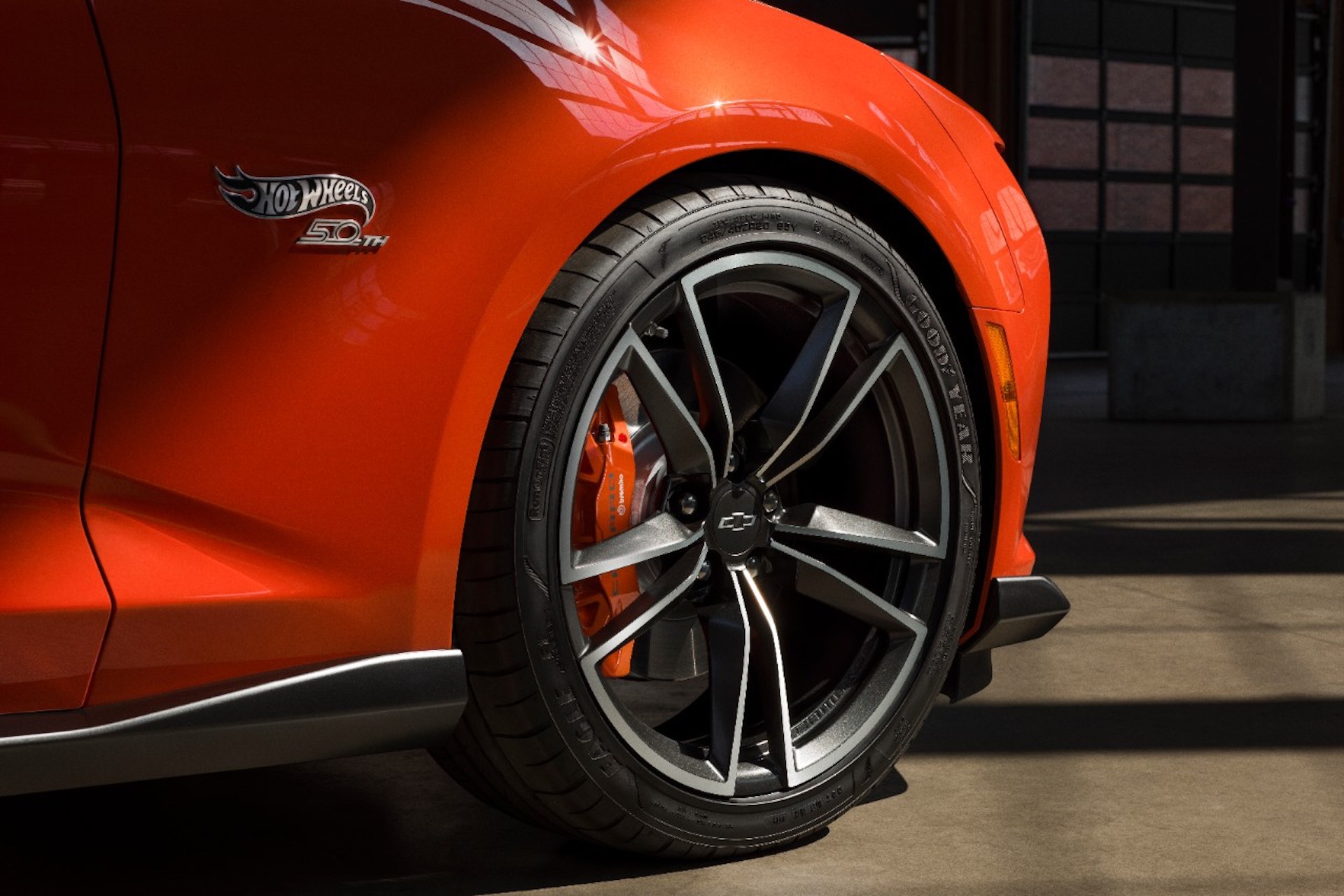Interesting article. Discussing efficiency on identical cars (Telsa is the example) with different wheel/tire choices.
I have had cars with ultra low profile, low profile, standard profile sidewalls. What I observed right off the bat is that standard profile sidewalls ride much better, much smoother. Apparently they also deliver better fuel economy that low profile tires. Given the option, I prefer standard profile to the lower profile tires, but that is because I prefer comfort over performance these days.
Here is the VIDEO upon which the article is based:
For those of us who prefer not to sit through videos, here is the article:

 www.motorauthority.com
www.motorauthority.com
FULL STORY AT THE LNK ABOVE ^^^
I have had cars with ultra low profile, low profile, standard profile sidewalls. What I observed right off the bat is that standard profile sidewalls ride much better, much smoother. Apparently they also deliver better fuel economy that low profile tires. Given the option, I prefer standard profile to the lower profile tires, but that is because I prefer comfort over performance these days.
Here is the VIDEO upon which the article is based:
For those of us who prefer not to sit through videos, here is the article:

Math proves big tire sidewalls are better for the planet
Something as simple as the size of your wheels can dramatically affect range in electric vehicles.
FULL STORY AT THE LNK ABOVE ^^^
The video focuses specifically on how wheel-and-tire choice can affect electric-car range. As detailed in a previous video, electric cars are more sensitive to changes like these than internal-combustion cars because they carry less energy onboard. So even a small drop in efficiency can have a big impact on range.
To calculate the effect of wheel diameter on range, Fenske used coast-down data from Tesla, which the automaker submits to the EPA for efficiency testing. All automakers are required to submit this data, which is used to help calculate efficiency ratings, but Tesla submits different figures for each of the wheel diameters offered on its cars, making a direct comparison possible.
Fenske calculated the range of a Tesla Model 3 Performance driven at a consistent 75 mph was 40 miles less with 20-inch wheels than with 18-inch wheels. Similar results were observed for the Model S Performance and Model X Performance, albeit with smaller differences between the different wheel options.
Those differences add up to more electricity used by cars with bigger wheels. So if you really want to reduce emissions, get tires with bigger sidewalls. Those tires will likely be cheaper than low-profile rubber, and will save you money on electricity, Fenske noted.
The video also details how tire width and tire compound can impact electric-car range. Wider tires have a larger contact patch, increasing grip, but they also increase the car's frontal area, creating more aerodynamic drag. However, switching from a 205 millimeter to a 305 millimeter tire only decreased range by the equivalent of 1.7 miles over 200 miles of driving.
Electric cars also typically use low-rolling resistance tires, which emphasize efficiency over grip. Stickier tires might make your electric car handle better, but they will likely come with a range penalty. Fenske calculated that a performance tire decreases range by the equivalent of 53 miles over 200 miles of driving.
